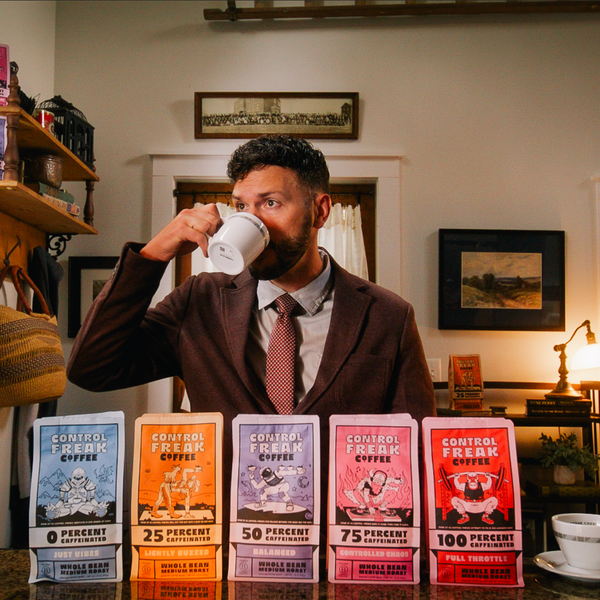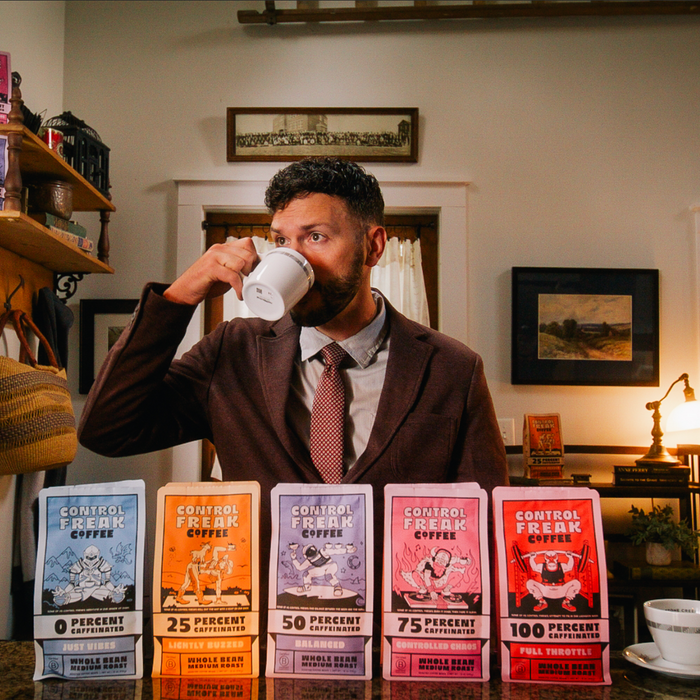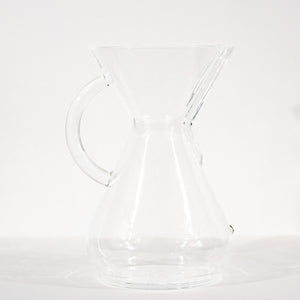The Journey of a Coffee Bean: From Farm to Cup
Nov 14, 2025
Every cup of Stone Creek Coffee carries a story: one that stretches across continents, climates, and countless hands. Long before it reaches your mug in Milwaukee and beyond, each coffee bean begins an incredible journey shaped by farmers, roasters, and baristas dedicated to craft and sustainability.
At Stone Creek Coffee, our Farm to Cup Ethos guides every decision. From the way we build long-term relationships with farmers to how we roast each batch with intention. Today, we invite you to follow the remarkable journey of a coffee bean, step by step.
Growing and Harvesting: Where the Story Begins
The story of a coffee bean begins thousands of miles away, often in countries like Colombia, Ethiopia, Guatemala, and Costa Rica. These regions, known as the “Coffee Belt,” provide the ideal combination of altitude, climate, and soil to grow exceptional coffee.
Farmers are the true stewards of quality. Many work on small family-owned farms where coffee is more than a crop; it’s a generational livelihood. Sustainable agricultural practices such as shade-grown cultivation, composting, and water conservation protect these landscapes for the future.
Harvesting is typically done by hand, ensuring that only the ripest cherries, bright red and bursting with sweetness, are picked. This meticulous care at origin lays the foundation for the extraordinary flavors you experience in your cup.
Processing and Drying: Turning Cherries into Beans
Once harvested, coffee cherries must be processed to reveal the seeds inside, the beans we know and love. Each processing method influences the flavor in a unique way:
Washed Processing
The outer fruit is removed using water before the beans are dried. This method produces clean, bright flavors with sparkling acidity.
Natural Processing
Whole cherries are dried in the sun, allowing the fruit’s sugars to infuse the beans. Naturals are often fruity, sweet, and full-bodied.
Want to dive into processing a bit more? Check out this blog. Regardless of the method, the drying process is critical. Beans are spread across patios or raised beds and turned throughout the day to ensure even drying. This can take weeks, and it’s essential for preserving quality.
Roasting in Milwaukee: Craft Meets Science
When the green beans finally arrive at our roasting facility in Milwaukee, their next transformation begins. Roasting is where the coffee’s potential, developed through months of farming and processing, comes to life.
Our roasting team uses a combination of sensory skills and precise technology to highlight each coffee’s unique characteristics. Whether it’s the floral sweetness of an Ethiopian natural or the chocolatey depth of a Guatemalan washed coffee, we roast with intention and craft.
If you want a closer look, explore our Roasting blog or check out our Factory Tours. This is where the magic (and the aroma) fills the air.
Brewing the Perfect Cup: The Final Step in the Journey
Once roasted, the beans make their way to our cafes, your local grocery store, or directly to your doorstep. Now, the final step is in your hands.
Brewing is an art of its own, and the right technique can elevate the flavors the farmers and roasters worked so hard to cultivate. Whether you prefer the clarity of a pour-over, the richness of a French Press, or the convenience of a drip brewer, we’ve created guides to help you brew with confidence.
Explore our Brew Guides, or our French Press vs. Pour Over blog, to master the method that suits your taste.











